Integrated pest-management: An update on biofungicides
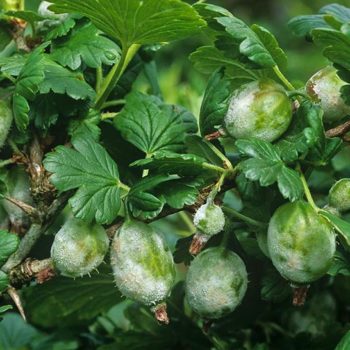
Neil Helyer has more than 40 years experience as an entomologist/IPM specialist. He currently works for Fargro Ltd. and makes regular advisory visits to horticultural growers throughout the UK and Ireland to develop and monitor IPM programmes.
11 October 2017
It is nearly three months since GLAS 2017 took place. GLAS 2017 was the most successful GLAS to-date with over 1,000 people attending. According to the exit polls 94% of traders who attended noted their experience as worthwhile or very worthwhile, and 99% of visitors noted their experience as worthwhile, or very worthwhile.
For those of you who attended you will remember the Bord Bia sponsored Learning Theatre; where consummate professionals from all areas of the leisure and professional horticulture sector presented a talk to a sold-out crowd.
For those who couldn’t make it to GLAS 2017, or weren’t able to secure a seat, you will be able to read below: Neil Helyer’s presentation on the latest updates to the integrated pest management (IPM) sector, where in this part, he discusses a number of biofungicide products with proven efficiency across the professional horticulture landscape.
AQ10
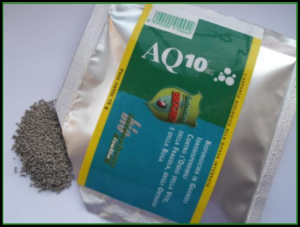
Photo: Neil Helyer
AQ10 is a new fully registered biofungicide for the control of powdery mildew with a proven efficacy on a wide range of crops including: aubergine, courgette and summer squash, cucumber, melon, pepper and chilli, strawberry, tomato, and winter squash and pumpkin.
Why use AQ10?
AQ10 is active at a lower temperature – 12C – than sulphur. AQ10 can reduce the amount of over-wintering powdery mildew inoculum. No phytotoxicity has been seen, it leaves no chemical residues, and there is zero Harvest Interval.
How to use AQ10
AQ10 has a variable rate up to 70g per hectare. It can be applied with conventional spray equipment and by ULV equipment:
- Coverage must be sufficient to reach all leaf surfaces.
- Minimum nozzle size 0.5mm.
- Application should be made late evening.
- High relative humidity (optimum over 80%) necessary for spore germination.
- 2 successive applications minimum at 7 – 10 days.
- Up to 12 applications per crop.
- Thorough coverage of top and bottom of leaf.
T34
T34 is a registered biofungicide – PCS 05620 – with multiple modes of activity. T34 actively attacks and kills fungal pathogens.
Demonstrated efficacy in trials against: Botrytis, Didymella (Mycosphaerella), Fusarium, Phytophthora, Pythium, Rhizoctonia and Sclerotinia.
Protected ornamental plant production, ornamental plant production – container grown crops, protected forest nursery, forest nursery – container grown crops, protected berry crops, cucurbits, and herbs.
T34 has flexible application options: spraying, irrigation, and root dip. T34 is highly IPM compatible with no harvest interval or chemical residues. It helps to activate the plant’s ASR / ISR (enhanced defence capacity).
T34 can help to protect conventional fungicides when used as part of a programme and it actively outcompetes fungal pathogens for nutrients and space.
Applying T34 to the soil reduces bacterial foliar diseases – Pseudomonas syringae pv. lachrymans and P. syringae pv. Tomato – and fungus foliar diseases – Plectophaerella cucumerina and Hyaloperonospora parasitica – through the induction of plant defence mechanisms: root colonization, enhancement of plant growth, and priming.
Soil & substrate treatments
Apply in the penultimate irrigation of the day, using sufficient water to thoroughly drench compost; aim for at least 10% of pot volume.
Minimise the wash-out risk and guarantee suitable diffusion in the substrate, final irrigation is to washout lines.
Drench application: 150g will treat up to 15,000 X 2 Lt pots.
Incorporation into growing media: 480g will treat up to 16,000 X 3 Lt pots.
Spray: 250g will treat up to 25,000 X 1 Lt pots.
Compatability
Although many fungicides can be used alongside the product, for absolute safety tank mixing with any fungicide is not recommended.
Fungicides that are not compatible should have a security period of at least 10 days before and after the use of T34 Biocontrol.
Insecticides and the majority of acaricides are compatible and can be tank mixed.
Fertilizers are all compatible with T34 Biocontrol.
List of Compatible Fungicides:
- Azoxystrobin
- Bupirimate
- Chlorothalonil
- Fosetyl-aluminium
- Kresoxim-methyl
- Metalaxyl-M
- Propamocarb hydrochloride
- Sulphur
- Toclofos-methyl
- Trifloxystrobin
List of Incompatible Fungicides:
- Copper Oxichloride
- Cyproconazole
- Difenoconazole
- Iprodione
- Myclobutanil
- Penconazole
- Prochloraz
- Hexaconazol
- Tebuconazole
- Thiophanate-methyl
Allow at least 10 days



 Print
Print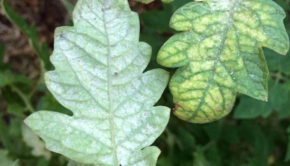

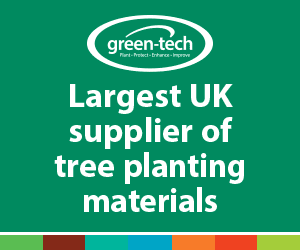


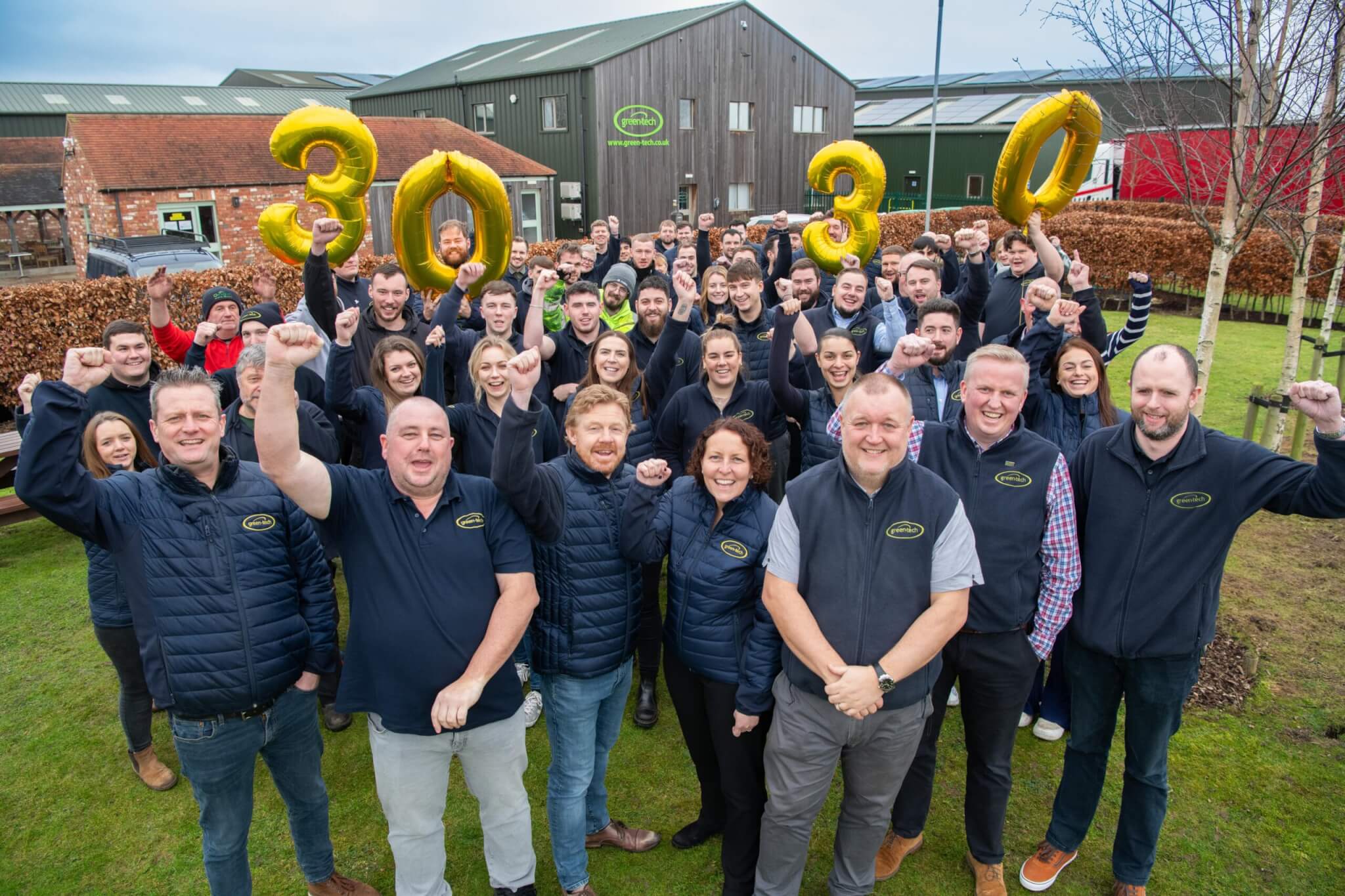
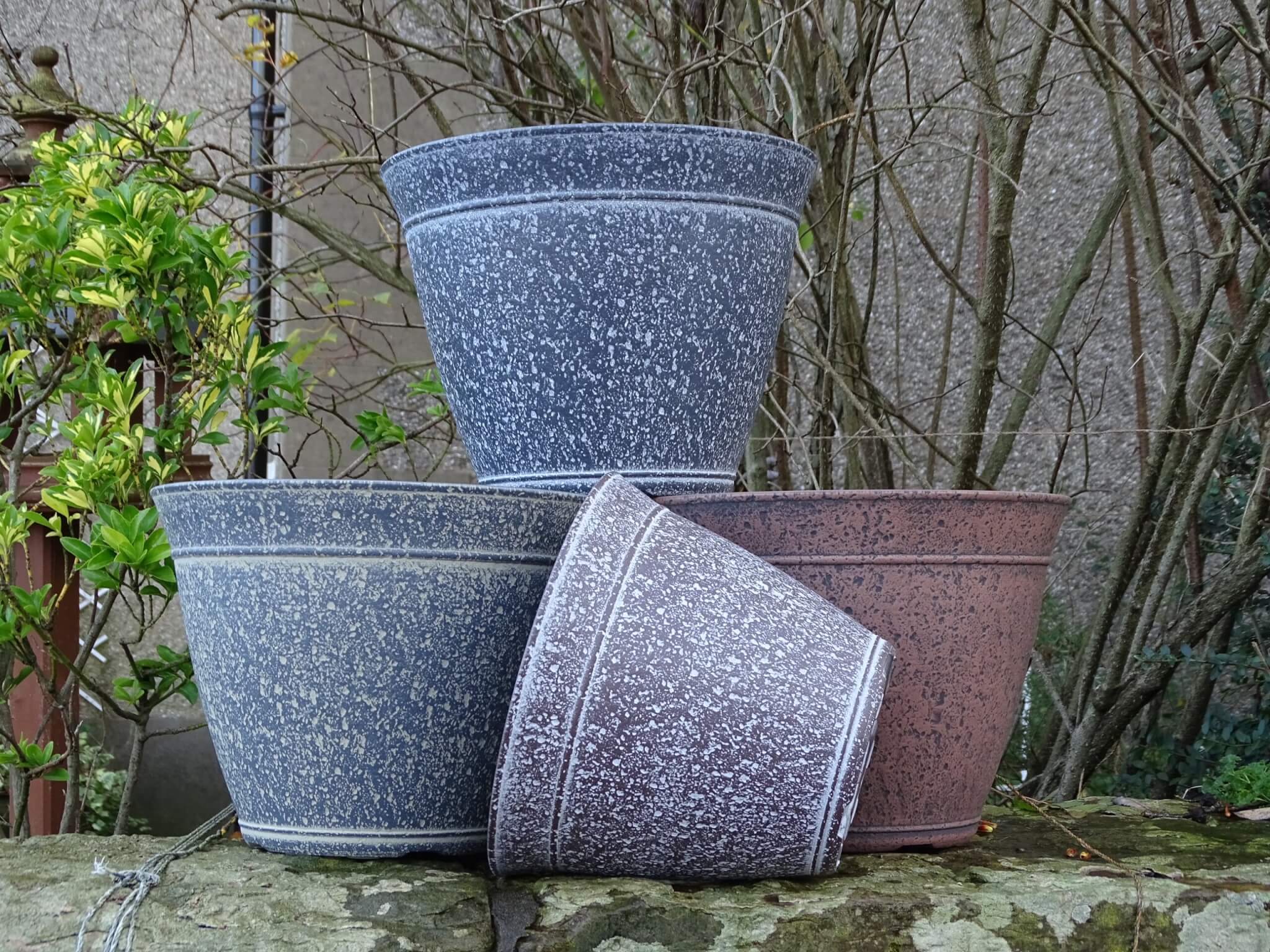
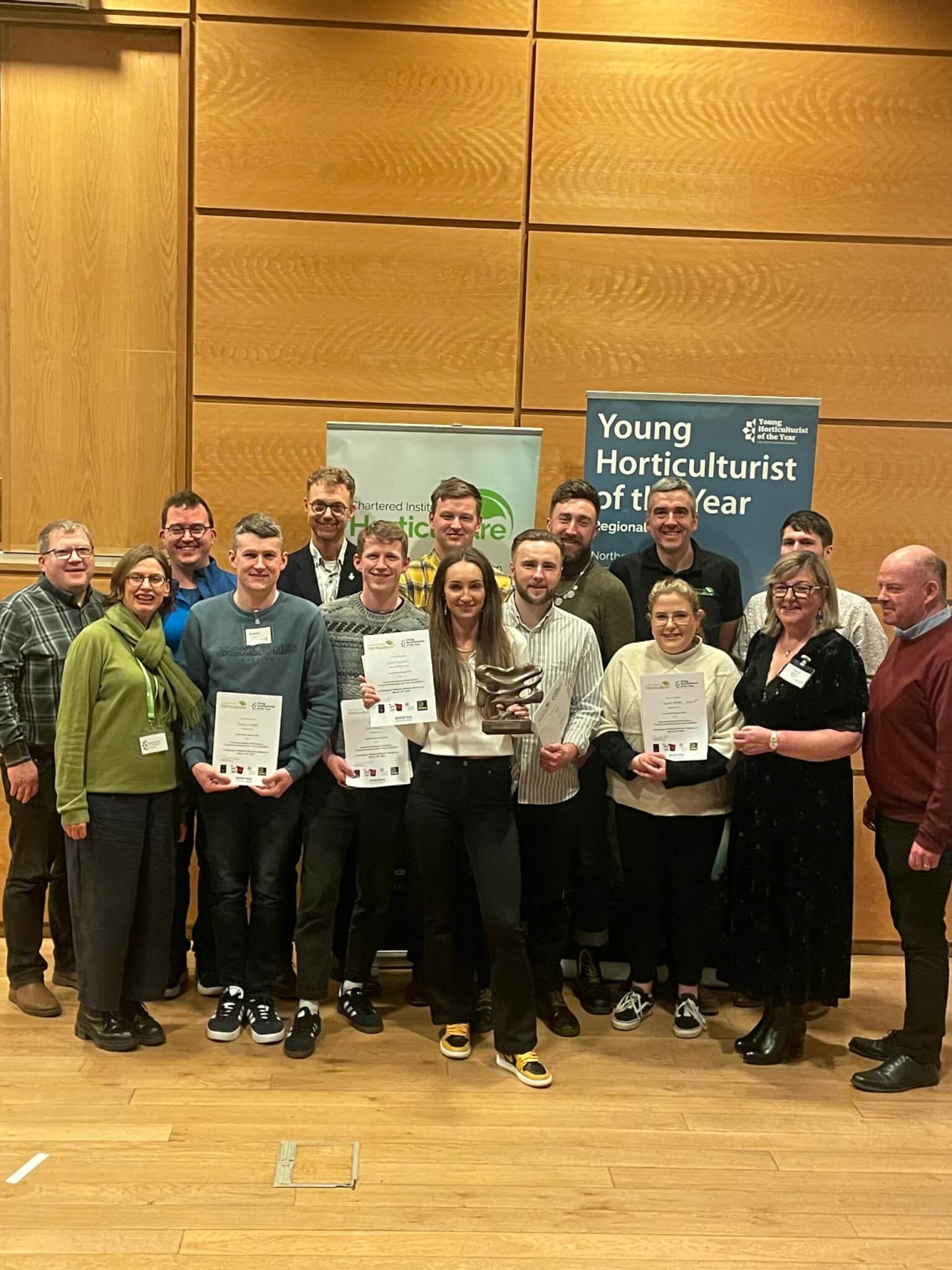


Fans 0
Followers